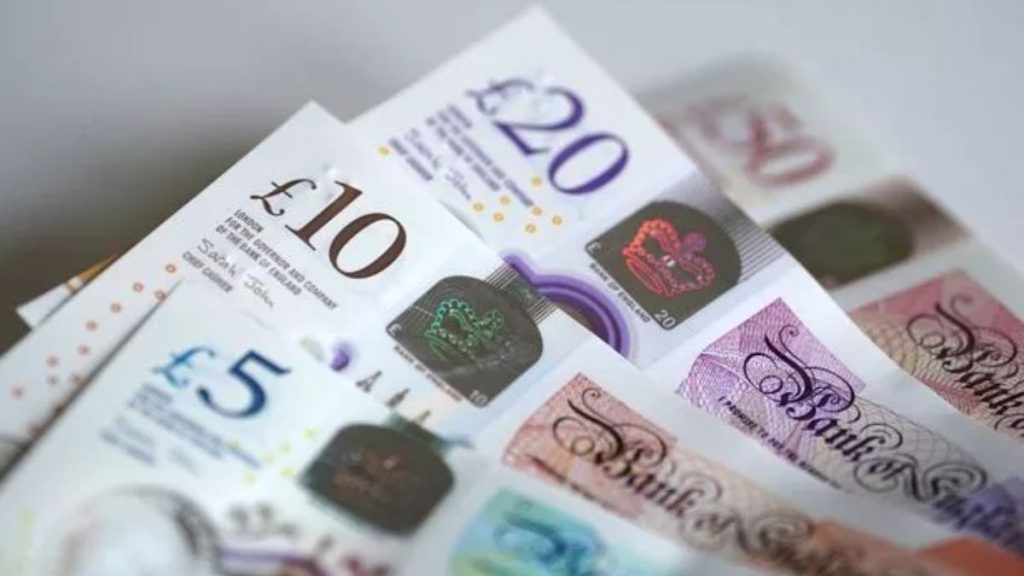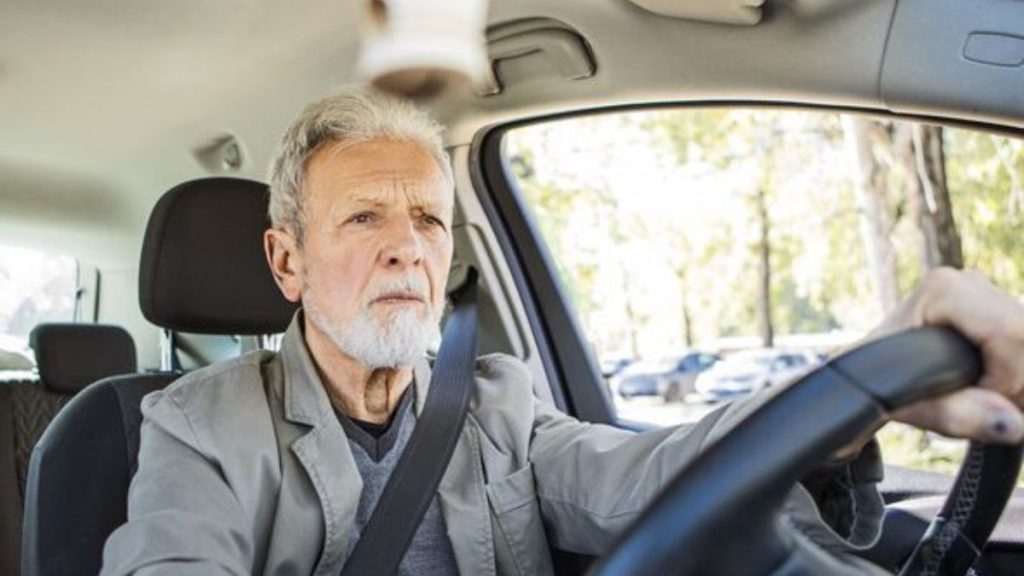Owning a classic car in the UK has long been a symbol of heritage, craftsmanship, and pride. From vintage Austin Minis to elegant Jaguar E-Types, these timeless vehicles represent more than just transportation — they are historical artefacts preserved by enthusiasts who love the spirit of motoring’s golden age.
However, recent announcements from the Driver and Vehicle Licensing Agency (DVLA) have confirmed significant new rule changes that will directly affect thousands of classic car owners across the country. Whether you already own a collector’s car or are considering purchasing one, these 2025 regulations will impact how you tax, insure, and maintain your prized vehicle.
What Defines a Classic Car in the UK

In the UK, a classic car is typically defined as a vehicle that is at least 40 years old, though exact definitions can vary depending on the context — such as taxation, insurance, or MOT regulations.
Classic cars hold immense cultural and mechanical value, representing the craftsmanship of an earlier era. They are often used for leisure driving, exhibitions, and car shows, but maintaining their legal and operational status requires compliance with evolving DVLA standards.
Why the DVLA Is Updating Classic Car Regulations
The DVLA has explained that these new rules are part of an effort to balance historical preservation with modern safety and environmental standards.
Older vehicles, while beloved, often lack key safety and emissions technologies found in newer models — including airbags, ABS, and catalytic converters. To ensure these cars remain safe for public roads and environmentally compliant, the DVLA is tightening inspection and documentation requirements.
The main goals of the rule changes are to:
- Ensure road safety through updated MOT recommendations.
- Maintain accurate taxation records for historic vehicles.
- Support the UK’s environmental and emissions goals.
- Protect insurance integrity through proper inspection standards.
New DVLA Taxation Rules for Classic Cars
One of the most noticeable updates concerns vehicle taxation. Classic cars have traditionally been exempt from paying road tax once they reach the age of 40 years. While this exemption remains, the DVLA will now require official inspection and documentation verification to confirm eligibility.
Key Points:
- Classic car owners must provide documentation proving their vehicle’s age, make, and model.
- The DVLA may conduct random inspections to confirm authenticity and roadworthiness.
- Vehicles that fail to meet verification requirements could lose their tax-exempt status.
This change ensures that only genuinely historic vehicles benefit from tax relief, preventing misuse of the exemption by cars that have been heavily modified or inaccurately registered.
Updated MOT Recommendations (Classic Car Safety Checks)
For years, classic cars over 40 years old were exempt from annual MOT testing. However, the DVLA now encourages regular MOT inspections — even for exempt vehicles — to promote safety and mechanical reliability.
Owners are advised to:
- Conduct voluntary MOT tests every 12–24 months.
- Use specialist MOT centres that understand vintage engineering.
- Keep detailed inspection records to support insurance and tax compliance.
Although the MOT exemption remains, the DVLA’s new recommendation highlights a growing expectation that all vehicles, regardless of age, should meet minimum safety standards before being driven on public roads.
Classic Car Insurance Adjustments for 2025
Insurance companies are adapting their classic car policies in line with the DVLA’s changes. Classic car insurance has always been unique — premiums are typically lower because these vehicles are driven infrequently and maintained carefully.
However, from 2025, insurers may now:
- Require proof of inspection or MOT documentation.
- Request confirmation of DVLA tax exemption approval.
- Review mileage caps and usage conditions more closely.
Failure to provide updated verification could lead to policy denial or invalidation in the event of an accident.
To stay protected, owners should contact their insurer, provide any requested paperwork, and ensure their policy aligns with the new DVLA standards.
Environmental and Emissions Considerations
Environmental regulation is another area seeing major change. With Low Emission Zones (LEZ) and Ultra Low Emission Zones (ULEZ) expanding across cities like London, Birmingham, and Manchester, some classic car owners may face new driving restrictions.
Key points:
- Many vehicles built before a specific cut-off year remain exempt from daily charges, but verification is mandatory.
- The DVLA advises checking a car’s ULEZ exemption status on the Transport for London (TfL) website.
- Owners may consider retrofitting cleaner engines or emissions systems to maintain city access.
While environmental regulations primarily target modern vehicles, classic car owners should still verify compliance to avoid unexpected fines.
Impact on Collectors and Enthusiasts
For collectors who own multiple classic cars, these regulatory updates could have financial and administrative consequences.
Failing to comply with new MOT, insurance, or tax verification requirements may result in:
- Loss of tax exemption.
- Fines or penalties from the DVLA.
- Invalidation of insurance coverage.
Those who display cars at shows, rallies, or heritage events must ensure all documentation is current. Non-compliance could prevent participation in public exhibitions or club gatherings.
Steps Classic Car Owners Should Take Immediately
1. Verify Vehicle Age and Documentation
Check your registration papers and ensure your car’s make, model, and manufacturing year are accurately recorded. Keep receipts, restoration records, and historic ownership documents handy — these may be required during DVLA inspections.
2. Schedule Regular MOT and Safety Checks
Even if not legally required, scheduling periodic safety tests at specialist garages ensures your car remains mechanically sound. Prioritise inspections of brakes, tyres, lighting, and suspension systems.
3. Review and Update Insurance Policies
Contact your insurance provider to confirm compliance with new DVLA verification requirements. Ask about coverage for limited mileage, car shows, and emissions-related driving restrictions.
4. Consider Environmental Adaptations
If you regularly drive in emission-controlled zones, investigate upgrades such as hybrid conversions, cleaner fuel options, or emission filters. These changes can extend the usability of your classic car without compromising authenticity.
5. Keep Digital and Physical Records
Maintain digital copies of MOT certificates, insurance documents, and registration forms. The DVLA’s online services may soon require digital verification uploads.
Benefits of Following the New DVLA Regulations
Complying with the updated 2025 DVLA rules is not only a legal obligation but also beneficial for classic car owners in several ways:
- Legal Protection: Avoid penalties, fines, or license suspensions.
- Enhanced Safety: Regular checks reduce the risk of mechanical failure.
- Insurance Assurance: Valid documentation guarantees smooth claims processing.
- Increased Vehicle Value: Properly maintained, fully compliant cars command higher resale prices.
- Peace of Mind: Owners can drive confidently knowing their vehicles meet national standards.
Common Questions from UK Classic Car Owners
Q1. Will my classic car lose its road tax exemption?
Not automatically. The exemption still applies to vehicles over 40 years old, but the DVLA may request inspection and proof of authenticity. Ensure your documents are complete to maintain eligibility.
Q2. Are MOT tests now mandatory for classic cars?
Classic cars built more than 40 years ago remain exempt from mandatory MOT testing, but the DVLA strongly recommends periodic voluntary tests for safety and compliance.
Q3. Can I still drive my classic car in London’s ULEZ zone?
Yes, in many cases. Most pre-1983 vehicles qualify for ULEZ exemption, but always confirm your car’s emissions classification through TfL’s website before driving in restricted zones.
Q4. How will these rules affect car insurance premiums?
Premiums may increase slightly if your insurer requires additional documentation or inspections, but staying compliant ensures your coverage remains valid.
Q5. What happens if I ignore the new DVLA requirements?
Failure to comply could result in loss of tax exemption, invalid insurance, or fines for inaccurate registration details. Always keep your paperwork and inspections up to date.
















